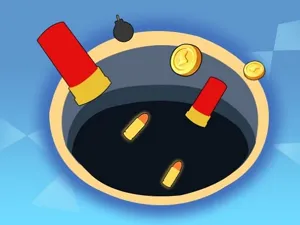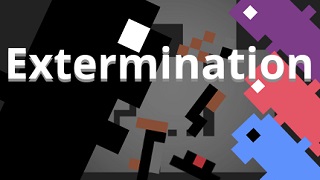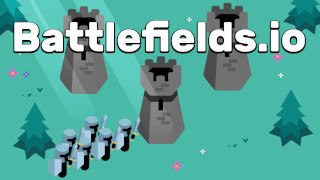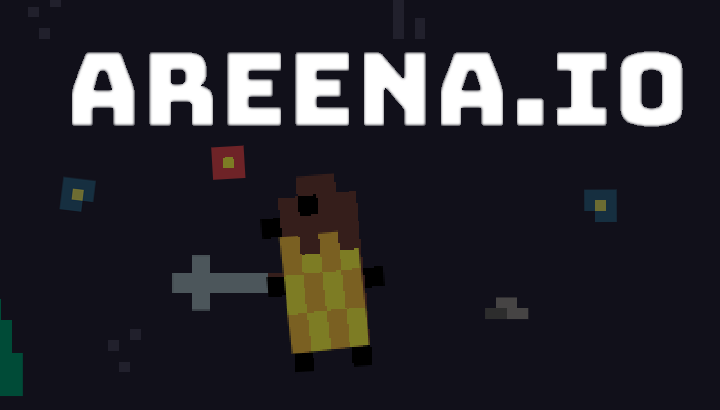.io Games
".io" games have become a popular genre of online multiplayer games characterized by simple mechanics, competitive gameplay, and quick access. The term “.io” originally refers to a domain extension (Internet country code top-level domain) for the British Indian Ocean Territory, but it gained fame when developers started using it for browser-based games. The first notable ".io" game was Agar.io, released in 2015, which sparked the trend. Since then, the ".io" extension has become synonymous with a specific style of casual multiplayer games.
Origins and Characteristics
The ".io" game genre originated from the success of Agar.io, which introduced the core elements that define most ".io" games today. Agar.io is a simple but addictive game where players control a cell, eat smaller cells, and avoid being consumed by larger cells. It offered players easy access through any browser without requiring downloads or installations, making it incredibly user-friendly. This concept of simplicity, instant playability, and competitive multiplayer interaction became the template for other ".io" games that followed.
Most ".io" games feature minimalist graphics, basic controls, and short rounds of gameplay, making them accessible to players of all ages and skill levels. The games are typically free-to-play and supported by ads, with some offering cosmetic upgrades or other monetization methods like premium memberships or in-game purchases. Despite their simplicity, ".io" games often feature a surprising amount of strategy, skill, and competitiveness, which keeps players coming back.
Key Features
-
Multiplayer Focus: Most ".io" games are multiplayer-based, allowing players from around the world to compete in real-time. The core appeal is that the game space is typically open-ended, meaning new players can join at any time, and there is no defined end, making every game session feel different.
-
Simple Mechanics: ".io" games are designed to be easy to pick up. The controls are typically straightforward, often limited to just a few actions like moving, attacking, or splitting. However, mastering the games requires skill, strategic thinking, and timing.
-
Fast-Paced Gameplay: A hallmark of ".io" games is the fast-paced nature of the gameplay. Sessions are often short, but the stakes can feel high as players strive to grow larger, defeat others, or survive for longer periods. This fast pace contributes to the games' addictiveness.
-
Accessible Platforms: Most ".io" games are browser-based, meaning they can be played without the need for downloads or special hardware. They run smoothly on a variety of devices, including mobile phones, tablets, and desktop computers.
Popular Examples
Aside from Agar.io, many other games have followed the ".io" format and become widely popular. Slither.io is a modern take on the classic Snake game, where players control a snake that grows by consuming orbs, while avoiding collisions with other snakes. Diep.io involves controlling a tank, upgrading it by destroying shapes and other players, and gaining points to enhance its abilities. Krunker.io, on the other hand, is a fast-paced first-person shooter with blocky graphics, emphasizing twitch-based gameplay.
The Appeal of ".io" Games
".io" games appeal to a wide audience because of their accessibility, quick engagement, and competitive environment. They attract both casual gamers looking for a quick distraction and hardcore players who want to master the leaderboard. Their minimalistic design makes them a great option for short bursts of play during breaks or longer sessions when a player gets hooked.
As the gaming industry continues to evolve, ".io" games have carved out a lasting niche with their easy-to-play, hard-to-master mechanics. The genre shows no signs of slowing down, with new titles and variations constantly being developed to capture the attention of players around the world.

Hole Io 2

Extermination.io

Battlefields.io

Boxz.win

Areena.io